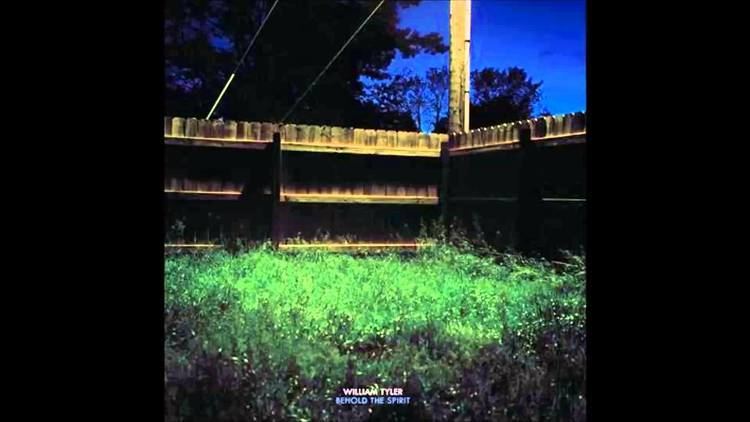Name William Tyler Role Architect | ||
 | ||
Similar People John Gwynn, Paul Sandby, Giovanni Battista Cipriani, Francesco Zuccarelli, William Chambers | ||
Organizations founded Royal Academy of Arts | ||
William tyler portrait of sarah
William Tyler RA (18 April 1728 – 6 September 1801) was an English sculptor, landscaper and architect, and one of the founder members of the Royal Academy in 1768.
Contents
- William tyler portrait of sarah
- William tyler missionary ridge green man sessions 2014
- Early life
- Sculpture
- Architectural work
- Royal Academy
- References

William tyler missionary ridge green man sessions 2014
Early life
Tyler went to Westminster School, and then studied for some years with leading sculptor Louis François Roubiliac. He married, aged 22, and is said to have initially lived in Dean Street.
Sculpture
Tyler's office was in Vine Street, St James's, London from 1763 to 1784, and, as a sculptor, he produced various monuments, including that to George Lee, 3rd Earl of Lichfield at Spelsbury in Oxfordshire, and one to Sir John Cust, 3rd Baronet of Stamford, Speaker of the House of Commons (1770). A monument in York Minster to vice-admiral Henry Medley is also attributed to Tyler.
Tyler also worked with one of his pupils, Robert Ashton, with whom he produced a monument to scholar Dr Martin Folkes.
Architectural work
During the late 18th century, he worked as an architect. His designs included:
Royal Academy
Tyler was a foundation member of the Royal Academy in 1768. Though nominated to the Royal Academy as an architect, he was usually represented at its exhibitions by busts and low reliefs. He exhibited there between 1869 and 1800, starting with a work described in the catalogue as "a marble bas-relief, an Indian, representing North America, offering the produce of that country to Britannia". In later years he did show some architectural drawings, for the "Garden front of a villa" (1782); Dorchester prison (1784); "a Belvidere to be built in a shrubbery" (1785); "the front of a prison" (1786); Bridport Town Hall (1789) and the "Villa Maria" (1800). His address is given in the catalogues as Vine Street until 1784, Gower Street from 1785, and Caroline Street, Bedford Square in 1800.
He appears to have played a leading in a revolt against Sir Joshua Reynolds over the latter's attempts to have Joseph Bonomi elected a full academician and appointed professor of perspective, a dispute which led to Reynolds' temporary resignation from the academy in 1790. In 1795 Tyler and George Dance, were appointed to examine the accounts of the academy following the resignation of Sir William Chambers. The following year Tyler and Dance became the Academy's first auditors, helping put the institution on a sounder financial footing, for which Tyler was presented with a silver cup in 1799.
Tyler died at his home in Caroline Street, Bedford Square, on 6 September 1801.
